Temple Kush Strain
THC
CBD
Potency
Temple Kush is a rare pure Indica strain with a low amount of CBD (0.86-1.0%) and THC levels ranging between 22% and 24%. The cannabis is a crossbreed of the classic Hindu Kush and a Nepalese Hashplant. Some breeders have cultivated the varieties of this marijuana with hybrid genetics.
Here is a list of terpenes present in the Temple Kush strain:
Strain Taste and Aroma
The Temple Kush strain features a cocktail of flowery and citrus aromas with earthy and herbal notes that will delight the old-school smokers. Also, some users discover spicy pungency in the flavor profile.
Effects and Medical Appointments of Temple Kush
This cannabis is a perfect choice for people who look for relaxation since the strain is known for heavy-hitting full-body effects. The psychoactive impact can be too powerful for novice users, so Temple Kush is recommended for "veteran" smokers. Along with complete sedation, users feel uplifted and may discover tingling sensations throughout the body. Hunger is another typical effect induced by the weed that can be a downside for some individuals.
Due to a high THC level and effects produced by the strain, it is good at treating various conditions such as:
- Lack of appetite
- Insomnia
- Migraines
- Anxiety
To get maximum effects from Temple Kush cannabis, it should be used in the morning.
Like any potent weed strain, Temple Kush may cause side effects in hypersensitive users, causing:
- Rapid heartbeat
- Dry eyes
- Paranoia
Information for Growers
The strain grows up to 30-60 inches tall and can be cultivated both indoors and outdoors, yielding 1-2 oz./ft2. Its flowering cycle takes 53-64 days, and the harvest time comes 62 days after germination. The minty green buds feature bright orange hairs and golden crystal trichomes with a sticky resin coating.
Side Effects
Simply let us know how this strain tastes or write a detailed review.
Temple Kush Strain Cannabinoids
| THC | Tetrahydrocannabinol, or THC, is a major cannabis chemical compound. It is a psychoactive element that stimulates dopamine release and induces euphoria or happiness. THC-rich strains may be helpful with such conditions as lack of appetite, chronic pains , etc. It is considered to be the primary active marijuana component. | 22 - 24% |
| CBD | Cannabidiol, or CBD, is a major compound in cannabis, which is non-psychoactive. It is also proved to counteract the side effects of the second major component THC. CBD is widely used for medicinal purposes in rubs, oils and so on. It is helpful in muscle pain cases, may treat arthritis and migraines. Even Greeks used it against pain, while Queen Victoria applied it to get rid of menstrual cramps. | 0.65 - 0.8% |
| CBC | Cannabichromene, or CBC, is a minor cannabinoid, meaning that its quantity in cannabis is quite little. Though it has the same origin as CBD and THC, it is different in functions. Without any psychoactive effects, it is an efficient cannabis compound in combating acne and depression. CBC produces analgesic, antibacterial and anti-inflammatory effects. | 0.14 - 0.28% |
| CBG | Cannabigerol, or CBG, is one of the minor cannabis compounds in adult plants. On the other hand, young ones contain a lot of this antibacterial and anti-inflammatory component. During the growth, CBG is converted into different cannabinoids, mostly THC and CBD. The compound itself increases appetite and decreases eye pressure. | 0.04 - 0.17% |
| CBN | Cannabinol, or CBN, is a trace element in cannabis that is considered to be mildly psychoactive. It appears from oxidation THC, exposed to light and heat. CBN is mostly contained in old cannabis and in traditional hashish. It is effective against insomnia, bacterial infections and appetite loss. | 0.31 - 0.53% |
| THCV | Tetrahydrocannabivarin, or THC-V, is a compound contained in cannabis in trace amounts. Even though it is close to THC molecularly, it is different in effects. This compound may be psychoactive only in large amounts. THC-V reduces blood sugar, controls appetite, stimulates bone growth, etc. African Sativa strains are the richest in THC-V. | 0.25 - 0.48% |
Temple Kush Terpene Profile
| Pinene | Pinene is one of the most widespread terpenes in nature, found in pine trees, basil, nutmeg, parsley, and rosemary. Cannabis containing terpene (alpha-pinene or α-pinene) boasts a strong pine scent. Pinene is responsible for anti-inflammatory, pain-relieving, and anti-anxiety effects. | 0.11% |
| Myrcene | Myrcene (also known as β-myrcene) is one of the most common terpenes found in cannabis, representing more than 20% of the modern marijuana terpene profile. Myrcene has a distinct earthy, musky flavor, resembling cloves. It is responsible for calming and soothing effects of weed. Myrcene is also found in hops, thyme, mango, lemongrass, guava melon. | 0.53% |
| Ocimene | Ocimene (derived from the Ancient Greek word Ocimum meaning basil) is a terpene with sweet and herbaceous flavors, also boasting citrusy and woody undertones. Naturally, ocimene occurs in mint, parsley, orchids, hops, kumquats, mangoes, basil, bergamot, lavender, and pepper. Offers antifungal, anti-inflammatory, and antiviral properties. | 0.01% |
| Humulene | Humulene (also known as α-humulene) is one of the major terpenes found in cannabis, contributing to woody, earthy, spicy, herbaceous, and, mainly, floral aromas of cannabis. Used in modern medicine, humulene offers anti-inflammatory, antibacterial, and appetite suppressant effects, which have been well-researched by pharmaceutical companies. | 0.04% |
| Limonene | Limonene (also known as d-limonene) is the second most common terpene in nature and the third most common terpene in cannabis. It has a powerful citrus aroma and can be found in all citruses, including lemons, oranges, grapefruits, limes, juniper, etc. Limonene is known to elevate moods and provide anxiety, depression, and stress relief. | 0.1% |
| Linalool | Linalool (also known as beta linalool, linalyl alcohol, linaloyl oxide, and p-linalool) is one of the rarest terpenes found in cannabis, mostly in small quantities. Linalool is known for its spicy and lavender aroma, bringing relaxation and calming effects. It is also said to provide anti-inflammatory and analgesic properties that can be useful for athletes. | 0.06% |
| Terpinolene | Terpinolene is one of the most common terpenes found in cannabis; however, It's usually presented in small quantities. Is responsible for piney, floral, herbaceous, and even a little bit citrusy aroma of cannabis. Terpinolene can be found in lilacs, nutmeg, and cumin. In cannabis, terpinolene contributes to the sensation of "freshness." Has the potential to reduce the risk of heart diseases. | 0.01% |
| Caryophyllene | Caryophyllene (also known as beta or b caryophyllene) is a terpene found in many herbs and spices, such as black pepper, basil, rosemary, and oregano. Cannabis high in caryophyllene delivers a strong spicy, peppery aroma, resembling cinnamon and cloves. Caryophyllene offers potent anti-inflammatory and sedative effects. | 0.14% |
| Total terpenes content | 1.00% |
Growing Info
Similar Strains
THC 17.5 - 26%
CBD 0.36 - 1.58%
Effect Aroused
Flavor Lemon
THC 19 - 21.67%
CBD 0.46 - 0.7%
Effect Relaxed
Flavor Spicyherbal
THC 19 - 21%
CBD 0.46 - 0.66%
Effect Euphoric
Flavor Lemon
THC 18.5 - 20.5%
CBD 0.66 - 0.98%
Effect Happy
Flavor Sweet
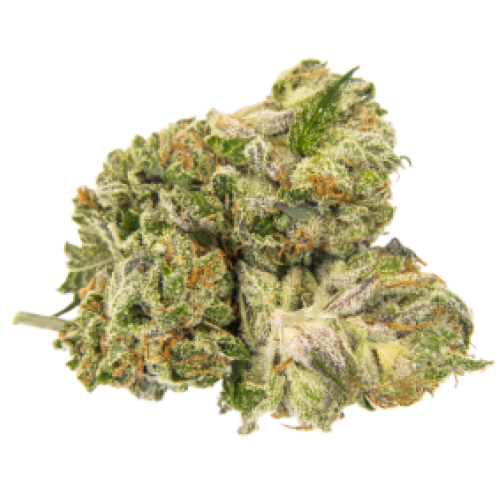
THC 17 - 19.2%
CBD 0.42 - 0.66%
Effect Relaxed
Flavor Sweet
THC 21.5 - 24.25%
CBD 0.52 - 0.89%
Effect Relaxed
Flavor Flowery
THC 15 - 16%
CBD 1.11 - 1.38%
Effect Euphoric
Flavor Pine
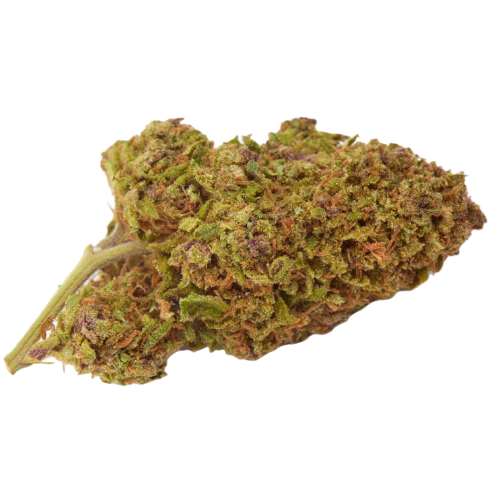
THC 17.5 - 19.25%
CBD 0.17 - 0.5%
Effect Happy
Flavor Diesel
THC 20 - 23%
CBD 0.65 - 0.76%
Effect Giggly
Flavor Flowery
THC 16 - 17%
CBD 0.41 - 0.55%
Effect Euphoric
Flavor Mango
THC 13 - 13%
CBD 0.39 - 0.57%
Effect Relaxed
Flavor Pine
THC 9 - 10.5%
CBD 0.1 - 0.58%
Effect Tingly
Flavor Berry
THC 17.5 - 22.5%
CBD 0.2 - 0.5%
Effect Talkative
Flavor Pineapple
THC 16.99 - 17.01%
CBD 0.11 - 0.23%
Effect Happy
Flavor Lime
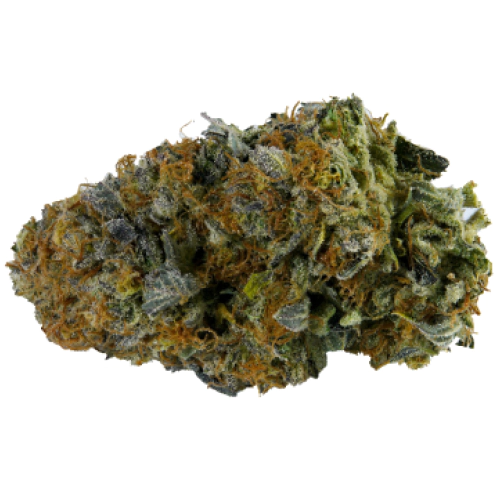
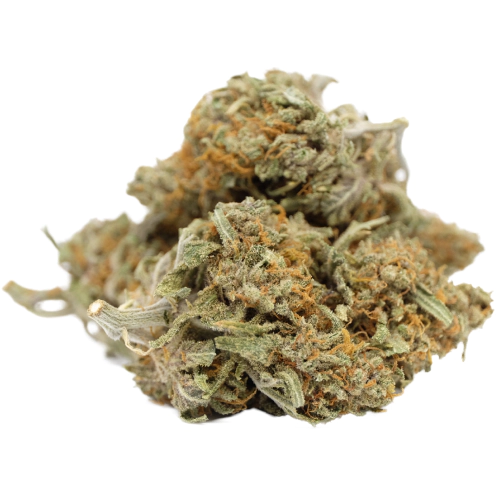

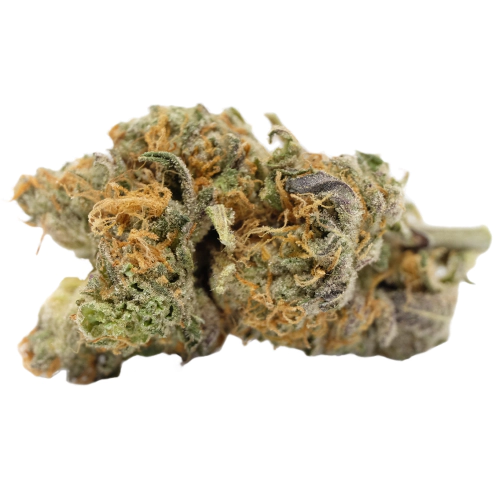
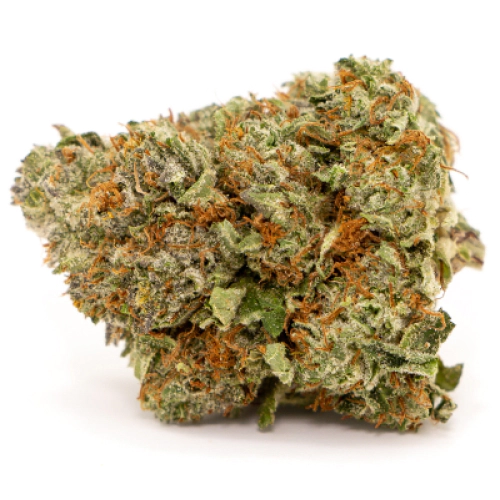
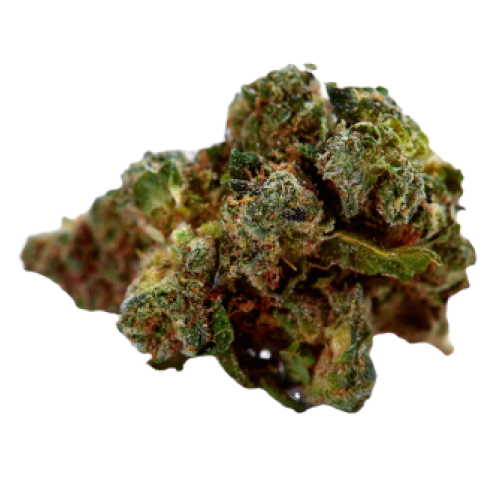

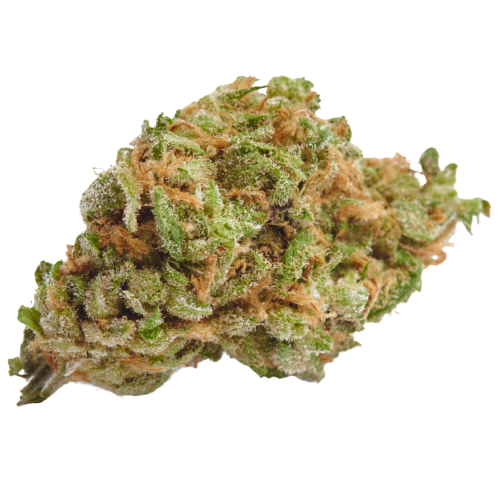
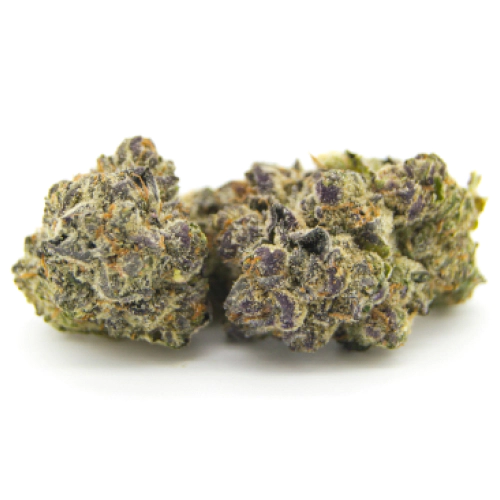


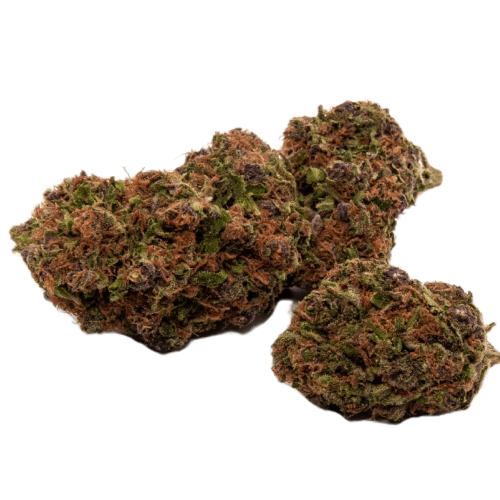

User Reviews 1
The first thought to mind on my very first try of this strain was, that's tasty! A pew puffs later I was still tasting then it comes. The high. It took me immediately to relaxation and sudden mental clarity I expect from Pink Kush. Then a warm fuzzy sensation sweeps through me as I settled in for the buzz. I forgot I was in pain. I found joy and ease. Then I puffed some more and it was like a luxury car slipping into highway gear. No mental fatigue, no eye strain, no nagging pain. Settle into the seat and cruise.
Write a Review